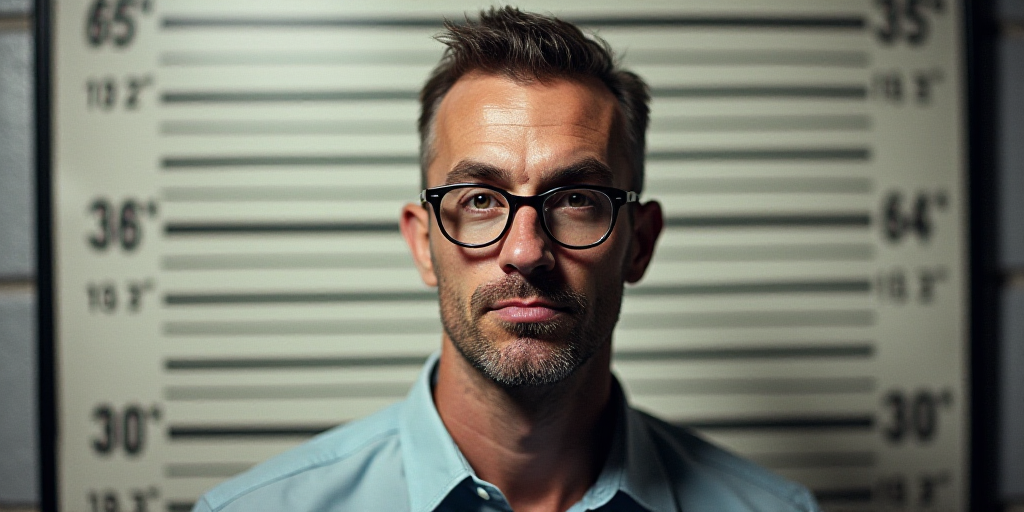True Crime’s Rise to Fame
The true crime genre, which revolves around real-life criminal cases, has become one of the most popular formats in recent years. Series, documentaries, books, podcasts, and YouTube channels entice audiences to follow real-life murders, disappearances, and trials as if they were fictional stories. However, these are not mere fabrications; behind each tale lie genuine victims, families still suffering, and pain that should not be treated as mere entertainment.
The Normalization of Curiosity
True crime’s success on digital platforms is not just concerning due to its popularity, but also because it seems increasingly normal to feel curiosity about crime. Sometimes, these narratives include the collaboration of the perpetrator or are shared without consulting the victims’ families. Sorrow becomes just another product, and murder, a story consumed like any other in the weekly catalog.
Typically, these stories feature similar character types: young, attractive white women as victims and cold, calculating, charismatic men as perpetrators. Lives that don’t fit this mold are often ignored, as not all stories “sell” equally. Meanwhile, the right to silence, private grieving, or forgetting is disregarded.
Seeking Security and Escape
Consuming true crime is more complex than it appears. It’s not just about morbid curiosity; some seek increased safety, learning to spot danger signs, or preparing for potential threats. For many, these contents serve as an escape route, offering intense emotions from the comfort of their homes without risks. Some watch to alleviate insomnia, combat boredom, or deal with anxiety. Others find reflections of themselves in the victims and use these stories to understand and make sense of their own experiences.
However, repeatedly viewing these contents can also have negative effects: it may desensitize us, normalize violence, and reinforce incorrect notions about crime. Moreover, some narratives present perpetrators attractively or even romantically. Emotional connections are formed with them on social media, and fan groups admire serial killers like Ted Bundy or Jeffrey Dahmer, demonstrating a dangerous way of making evil seem interesting or appealing.
The ASMR of Crime
One extreme example is ASMR true crime. ASMR, which stands for Autonomous Sensory Meridian Response, is a pleasant sensation many experience when hearing whispers, soft sounds, or repetitive movements. It’s a relaxation technique that has gained popularity online. Some channels now narrate real murders in this style: low voice, soft tone, and a relaxing background. Channels like Bailey Sarian have popularized this format, blending personal care and relaxation on the same screen. Thus, suffering becomes a companion during relaxation.
This crime-narrating method, merging personal care and relaxation, raises a significant ethical issue: what happens when we use others’ suffering as background music for our relaxation? Are we losing sensitivity to genuine pain? What kind of empathy are we building if a murder can become something we listen to before sleep?
As a criminologist, I’m concerned that many of these stories reinforce incorrect notions. Criminals are portrayed as intelligent or fascinating, and victims are subtly suggested to have done something wrong. Meanwhile, the deep causes of violence—inequality, racism, or abuse of power—are hidden.
As a society, we should ask ourselves: are we captivated by the story or just the mystery? Do we care about the victim or merely want the twist ending? Are we consuming these contents to understand what’s happening in the world or just for distraction?
This isn’t about censorship. It’s about demanding fairer, more human stories. It’s about learning to distinguish between remembrance and morbid curiosity, justice and entertainment. Because true crime doesn’t just talk about crimes; it speaks about us and the choices we make.
Ethical Boundaries of the Genre
Therefore, it’s crucial to discuss the ethical boundaries of this genre. We need basic rules: seek families’ permission, treat the deceased with respect, report facts carefully and in context. Moreover, Spain needs a clear ethical framework to regulate the creation and dissemination of these contents.
We cannot leave these decisions to algorithms or audiences. Privacy, the right to decide, and respect for others’ pain must be protected.
The issue isn’t just about content creators; it’s also about consumers. I, too, have consumed these contents, sometimes professionally, other times out of curiosity. But if we stop feeling empathy for others’ pain, we lose something vital.
This isn’t about censorship; it’s about asking for more just, more humane stories. It’s about learning to differentiate between remembrance and morbid curiosity, justice and entertainment.
True crime speaks not only about crimes but also about us and the choices we make.






